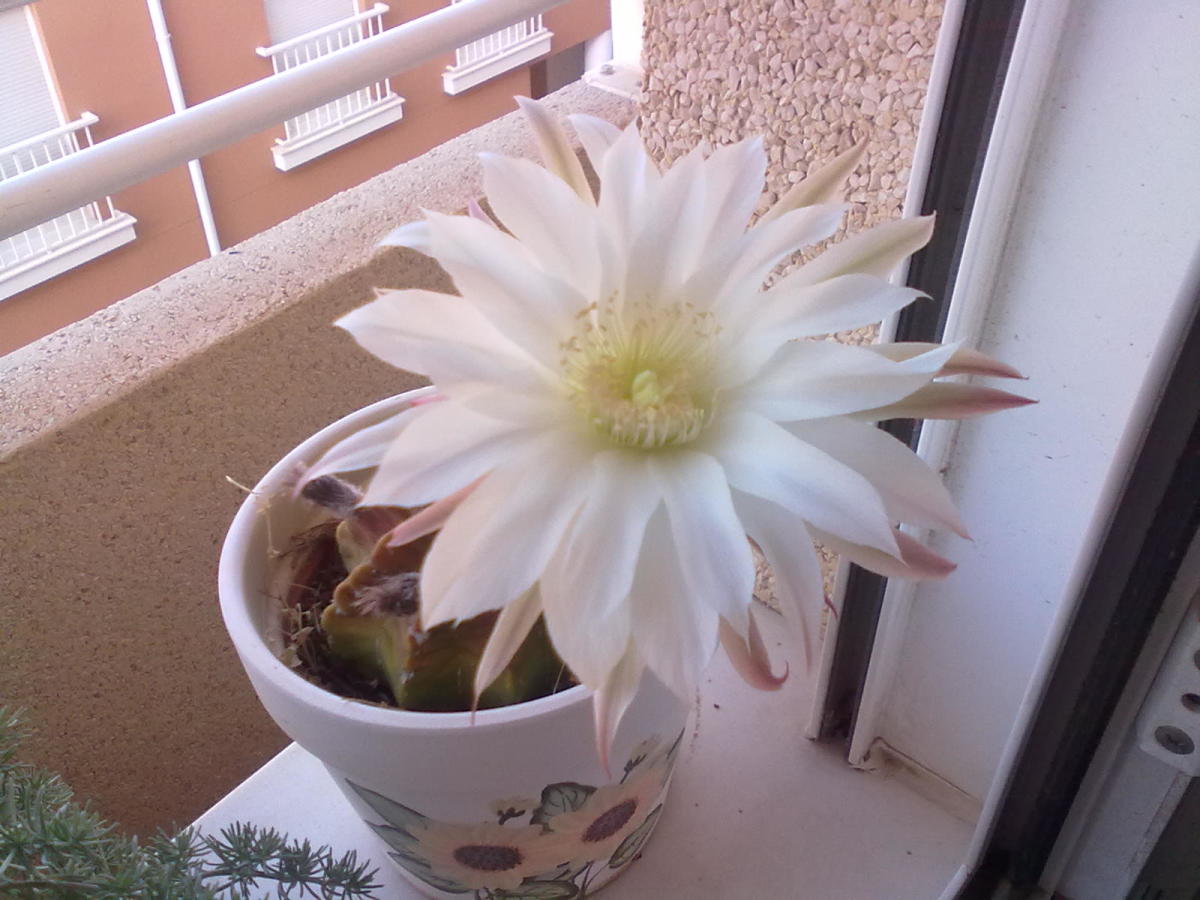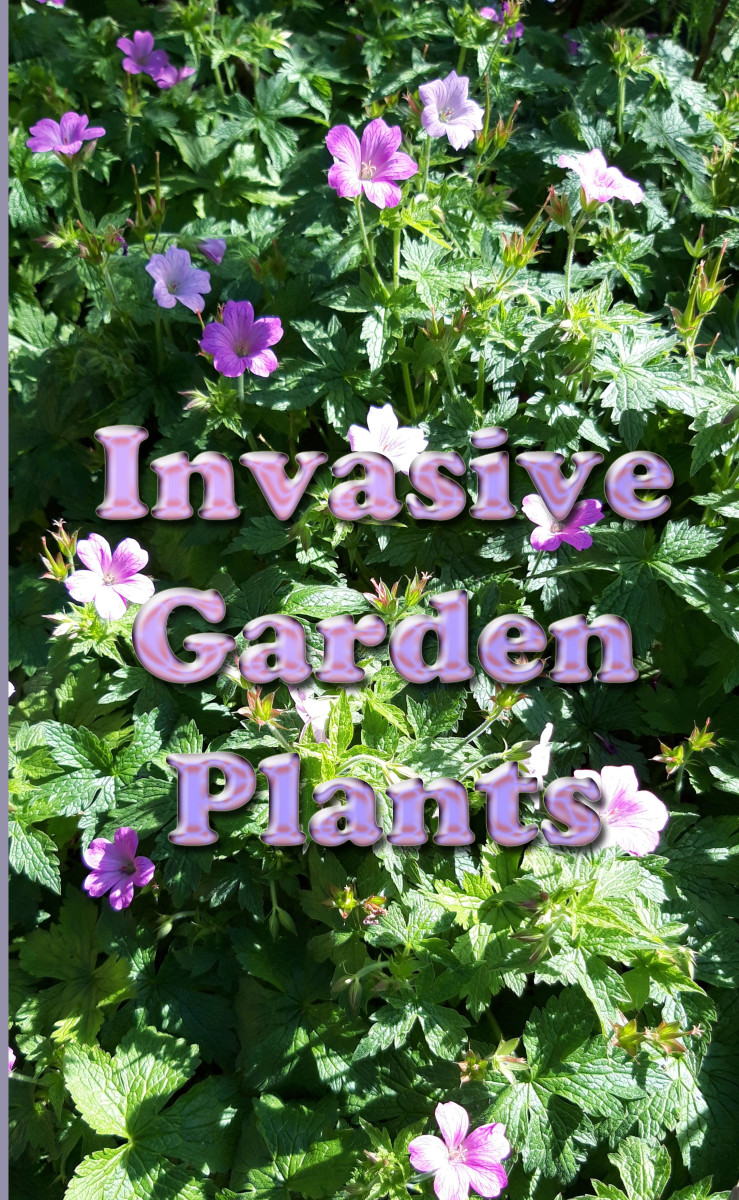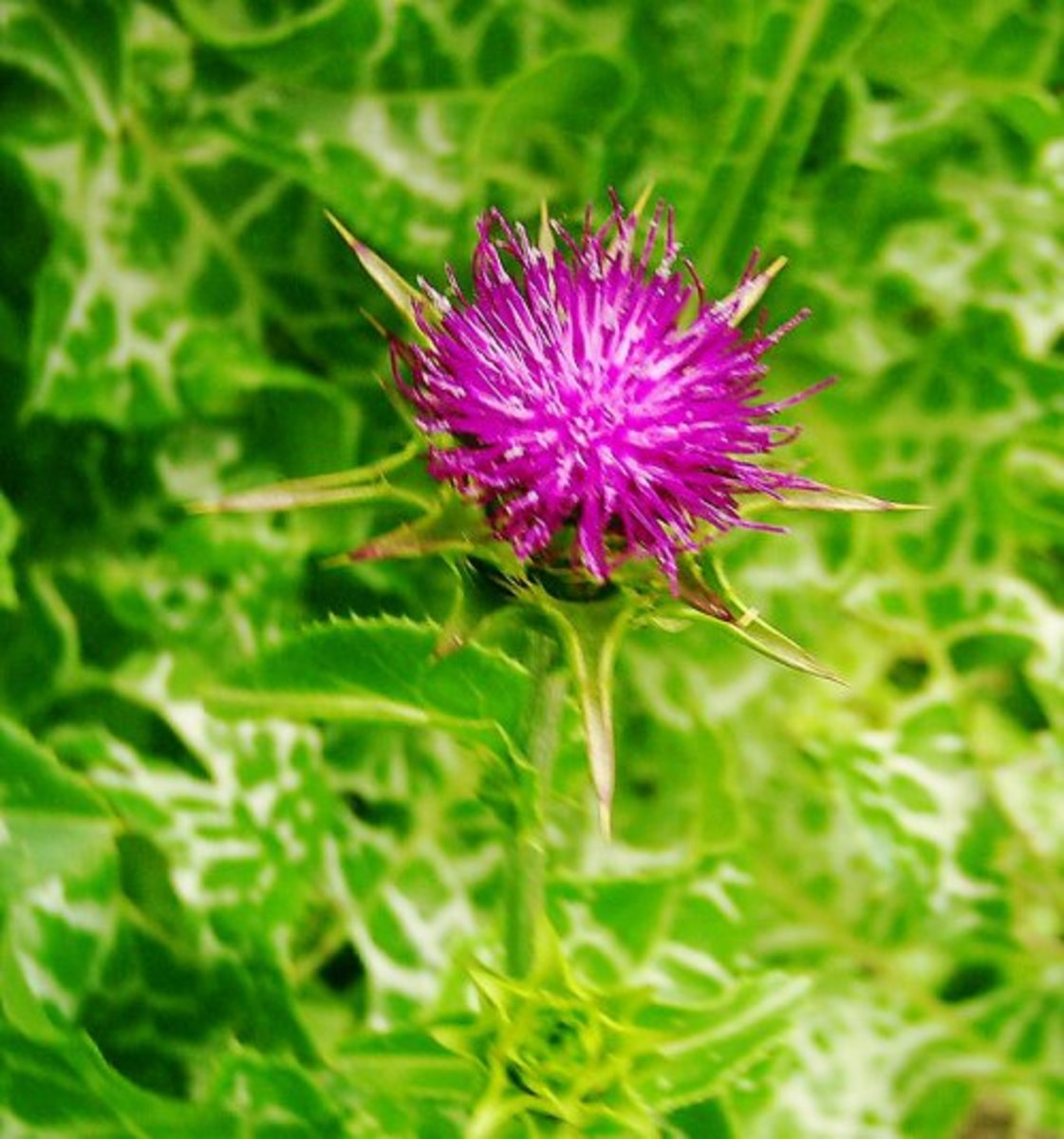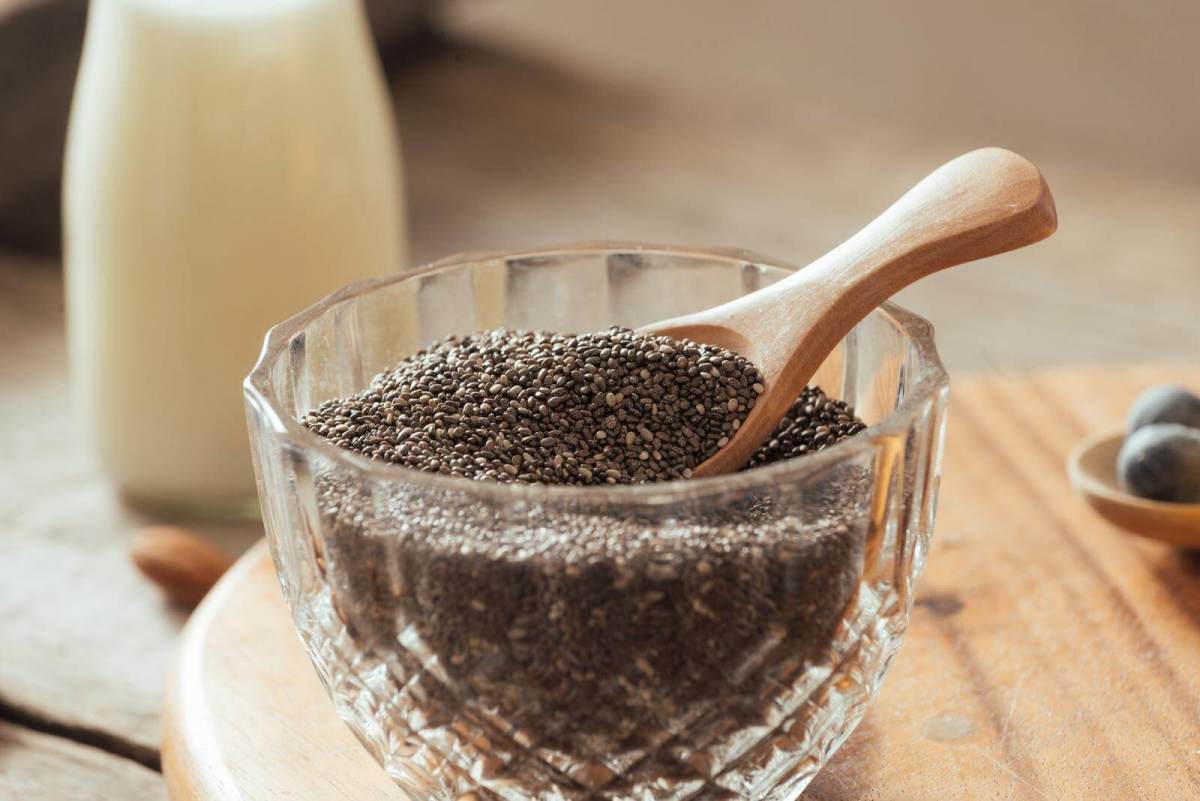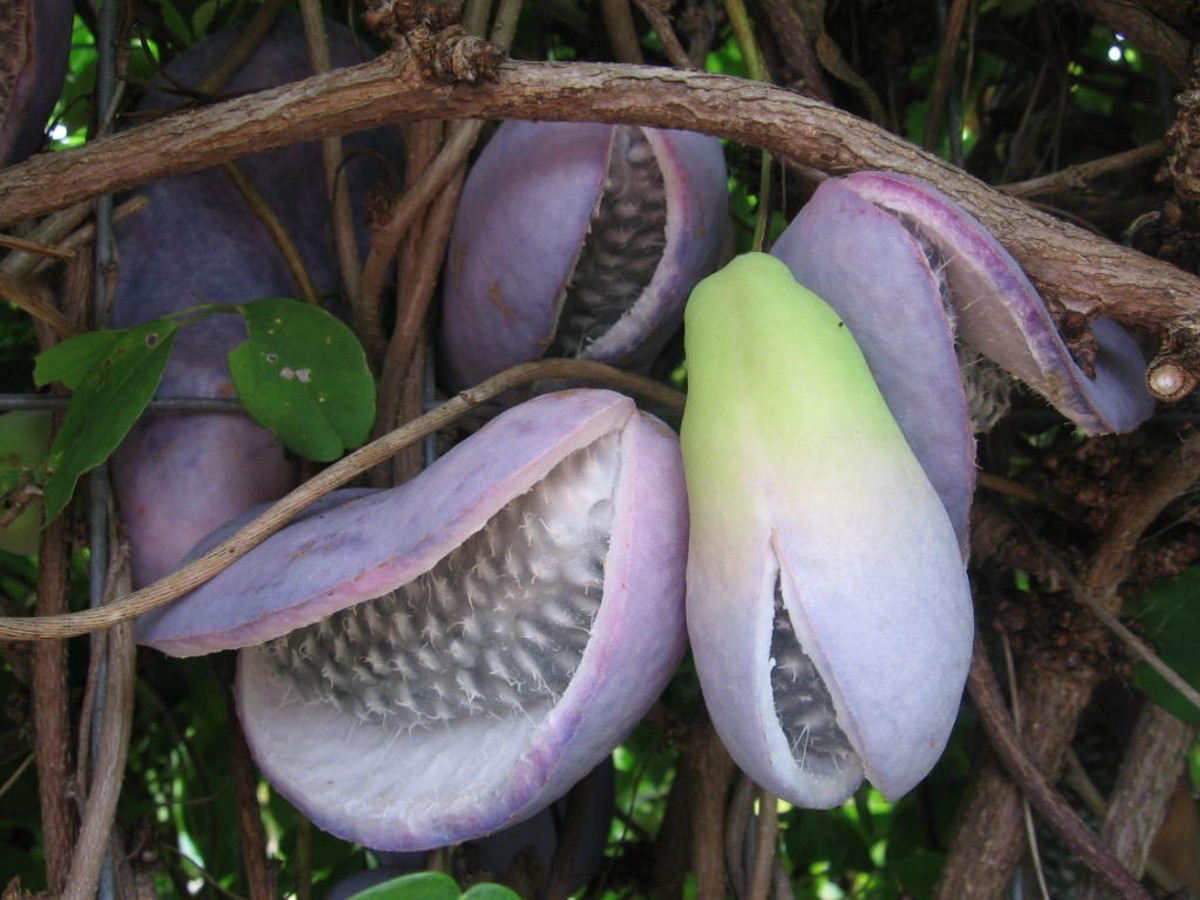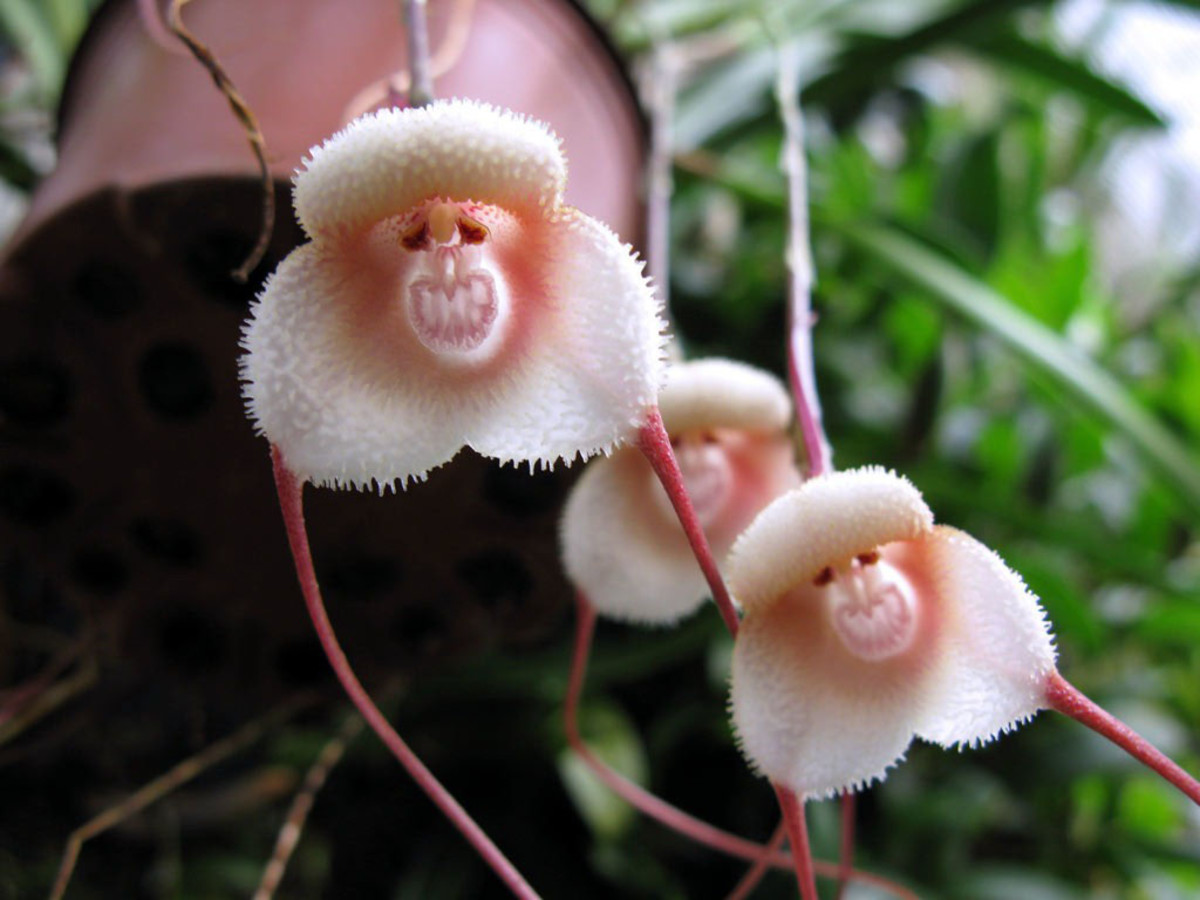Growing drought resistant cacti and succulents in Tenerife
.Cactus Gardening (first published in Living Tenerife)
Cacti are hard to handle and you have to careful with them but here in Tenerife they can be some of the creative gardener's best friends. Due to the extreme heat and sunlight we get here it is good to have attractive plants that are built to withstand these conditions and are also easy to propagate and grow. Cacti and succulents satisfy all of these needs.
The variety is endless too with tall plants that can get as high as trees, short fat barrel cacti, species which are covered in spines, hairy types, ones with colourful flowers and others with attractive and edible fruits like the Prickly Pears (Opuntia spp.).
There are some species of epiphytic cacti such as the Epiphyllum or Orchid Cacti and the strongly perfumed Queen of the Night (Selenicereus grandiflorus), which will climb up and over walls or, with a bit of support, can be grown on tree trunks. Succulent plants like the Agave and Aloe species have spectacular spiky leaves and colourful and unusual blooms on tall flowering stems.
The Century Plant (Agave americana) can be seen all around the island and is very easy to grow and maintain, although its leaves can inflict a painful wound and it is common practice to cut these back or to plant it out of the way of where people may walk. There is a cultivated variegated yellow or white-striped form of the plant as well as the natural blue-green leaved type. Its leaves can be up to six foot in length and the flower spikes can reach as much as 26 foot in height.
Photos of cacti and succulents
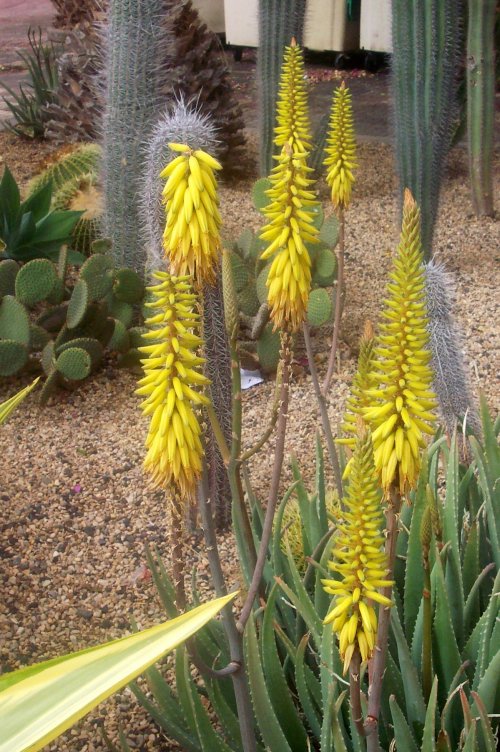
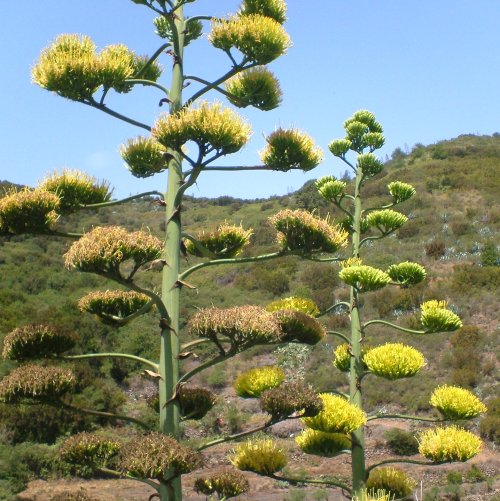
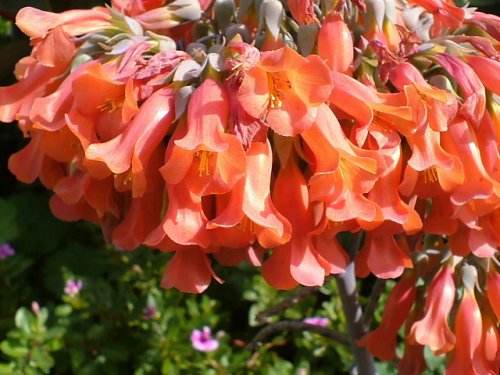
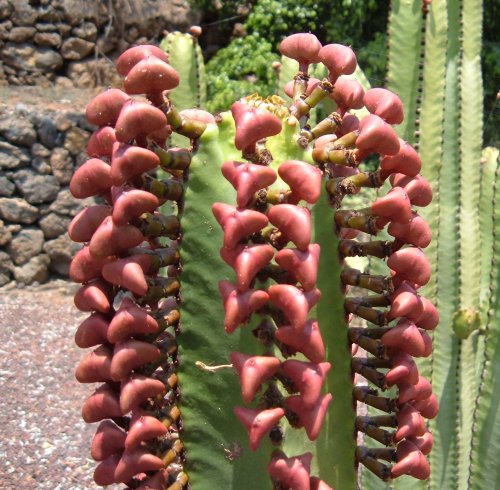
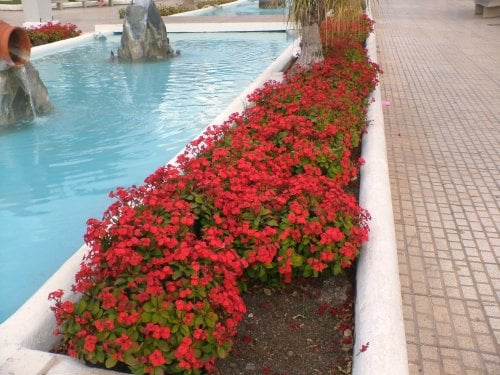
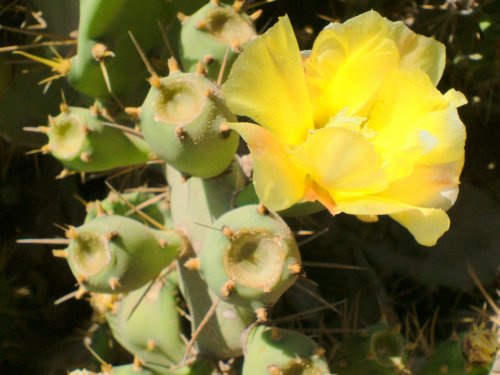
Aloe Vera
Aloe vera is well known as a herb used to produce gels and lotions to combat sunburn and inflammation of the skin and it is very apt that it grows so well here in the Canary Islands. The attractive yellow flowers are carried on spikes and it will bloom more than once in a year.
The Swan's Neck Agave (Agave attenuata) is also known as the Spineless Octopus or Fox Tail Agave due to its unmistakeable flowering spikes, which grow upward and then droop down towards the ground and make an unforgettable sight. This species is very easy to grow and reproduces itself by suckers around its base rosette.
The Slender Life Leaf (Bryophyllum tubiflorum) and the related Giant Life Leaf (Bryophyllum daigremontianum) are attractive and very popular as houseplants in the UK and elsewhere but here in the Canary Islands they will do very well outdoors where they propagate themselves by dropping thousands of little plantlets from the edges of the growing leaves. These miniature plants come ready equipped with roots and soon start growing.
Houseleeks such as the Golden Houseleek (Aeonium holochrysum) bloom in winter and spring and the rest of the year they take the form of succulent rosettes of leaves. Many of these species grow wild in the north of the island where they can often be seen on rooftops and on walls.
The Euphorbia or Spurge family offers an incredible diversity of forms and some of them, like the Candelabra Spurge or Cardon (Euphorbia canariensis) look just like cacti. Euphorbia milii the Crown of Thorns has bright red flowers, spiny stems and green leaves and is often grown as an ornamental plant in flowerbeds. Both these species will grow in full sunlight and are very easy to maintain.
The Cholla cacti are actually species of Opuntia but they are known for their very sharp spines, which tend to cover the plants and will dig in and painfully attach themselves to any passing mammal or person. This serves two purposes, firstly to protect the main plant, and secondly to help distribute it, stuck to the coat of an animal or the clothes or baggage of a passerby. This is a cactus that you really have to be careful with when planting and in general. But, if planted as a hedge, it makes a fabulous deterrent to children, burglars and animals.
This has been just a quick look at the variety of succulents and cacti, which can be grown here. All of them are easy to propagate and will often root from cuttings or offsets, and most need little care apart from pruning back and watering at times.
Cacti and succulents can be purchased from gardening centers, shops and as seeds and often you can scrounge a plant from a friend. Their weird and wonderful diversity of shapes and sizes can make for a truly interesting and low maintenance garden, but watch out for those spines!
Copyright © 2010 Steve Andrews. All Rights Reserved.


